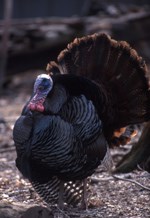
Courtesy / ODNR The First Native AmericansPaleoindian hunters armed with spears likely followed caribou and other Ice Age mammals into the Cuyahoga Valley about 13,000 years ago, becoming its first people. After the Ice Age, a forest of oak, elm, and maple trees filled the valley. Groups of Archaic peoples hunted the valley’s deer, wild turkeys, elk, and bear. They fished the river and streams and also gathered hickory nuts, walnuts, berries, seeds, and other plant foods. The HopewellMore recent Native American cultures in the Cuyahoga Valley did build long-term villages—and much more. The Hopewell culture is famous for its mound building. The Hopewell weren’t a tribe or a group of people who lived in the same place. Hopewell was a culture, like how Western culture is today. Wearing jeans and listening to pop music is common in many places around the world. It’s not limited to any one country or a single group of people. Western culture has spread to many places, like Hopewell culture did thousands of years ago. 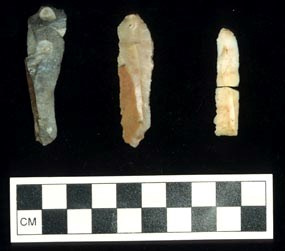
NPS Collection The major Hopewell culture was to the south where villages were larger, more numerous, and occupied for a longer period. Hopewell culture reached Northeast Ohio about 2,100 years ago. By this time, people here lived in scattered small villages in the valley’s fertile floodplains. They grew foods like squash, as well as hunted, fished, and gathered fruits and nuts. Elaborate trade networks developed among distant groups. The network reached from the Atlantic Ocean to the Rocky Mountains and from the Great Lakes to the Gulf of Mexico. The tribes traded raw materials such as obsidian from the Yellowstone National Park area, mica from the Great Smokey Mountains, and jade from Mexico. Archeologists have also found ocean seashells from the Gulf Coast and Michigan copper in excavations of this period. Hopewell artists crafted beautiful tools and decorative objects from these exotic materials. These materials from faraway places are evidence that the Cuyahoga River was a trade route for Native Americans. 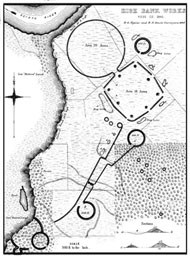
Squier and Davis, 1848 Hopewell peoples are most famous as builders of large earthworks and mounds made of piled-up soil. In southern Ohio, Hopewell peoples constructed complex groups of geometric structures used for ceremonies. In Northeast Ohio, the Hopewell culture influenced the building of mostly small mounds and structures. Hopewell earthworks in the Cuyahoga Valley are in places like Everett Village where national park archeologists found evidence of house posts and cooking hearths. 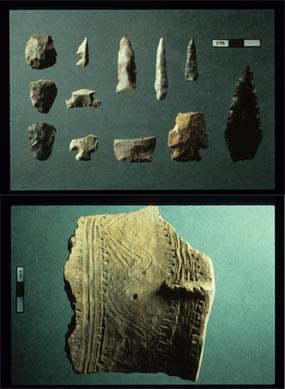
NPS Collection Whittlesey and Other Late-Prehistoric GroupsThe Whittlesey culture shaped the lives of Native Americans in the Cuyahoga Valley between the years 1000 and 1600. The Whittlesey people lived mostly in small, scattered villages in long, multi-family homes made of wood poles. Unlike the Hopewell, they didn’t have a complex trade network. They lived off the local landscape, hunting with bow and arrows, and growing fields of corn, squash, and beans. 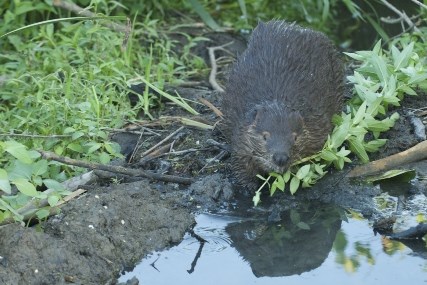
© Jack Rigby Historic TribesAs far as we know, Whittlesey villagers never encountered Europeans. They were gone before the first explorers passed through the Cuyahoga Valley in the late 1600s. Why they left and where they went is unknown. Some historians think they were pushed out by neighboring tribes fighting in the “Beaver Wars,” a conflict over who would control the beaver pelt trade with Europeans. A newer theory is that many died from European diseases that spread with trade goods from more eastern tribes. Whatever happened, no one lived in northern Ohio between 1650 and the 1730s. The Seneca (part of the Iroquois Confederation) probably sent hunting parties though here, but the Cuyahoga Valley was otherwise empty of humans. |
Last updated: November 8, 2021
